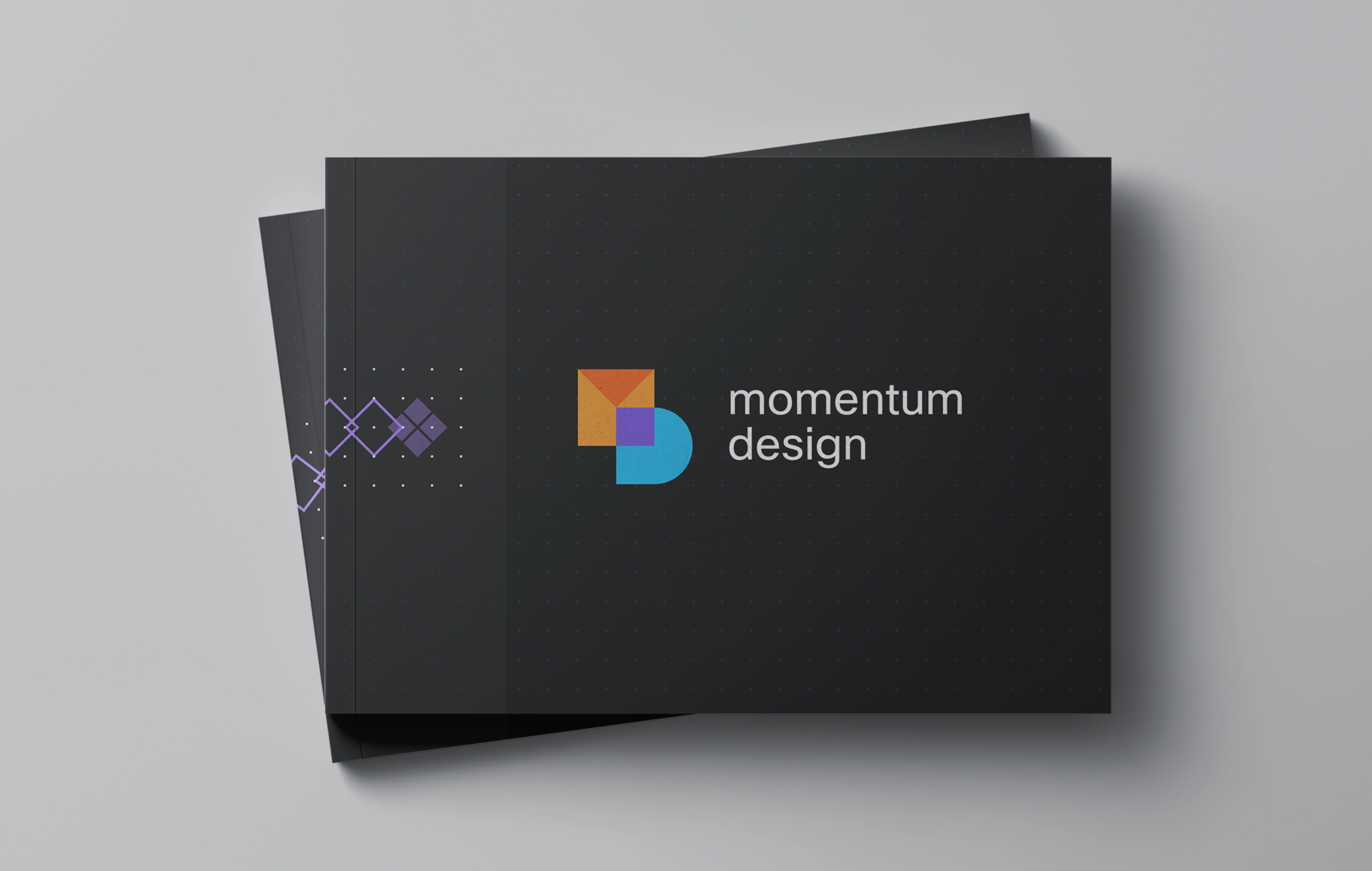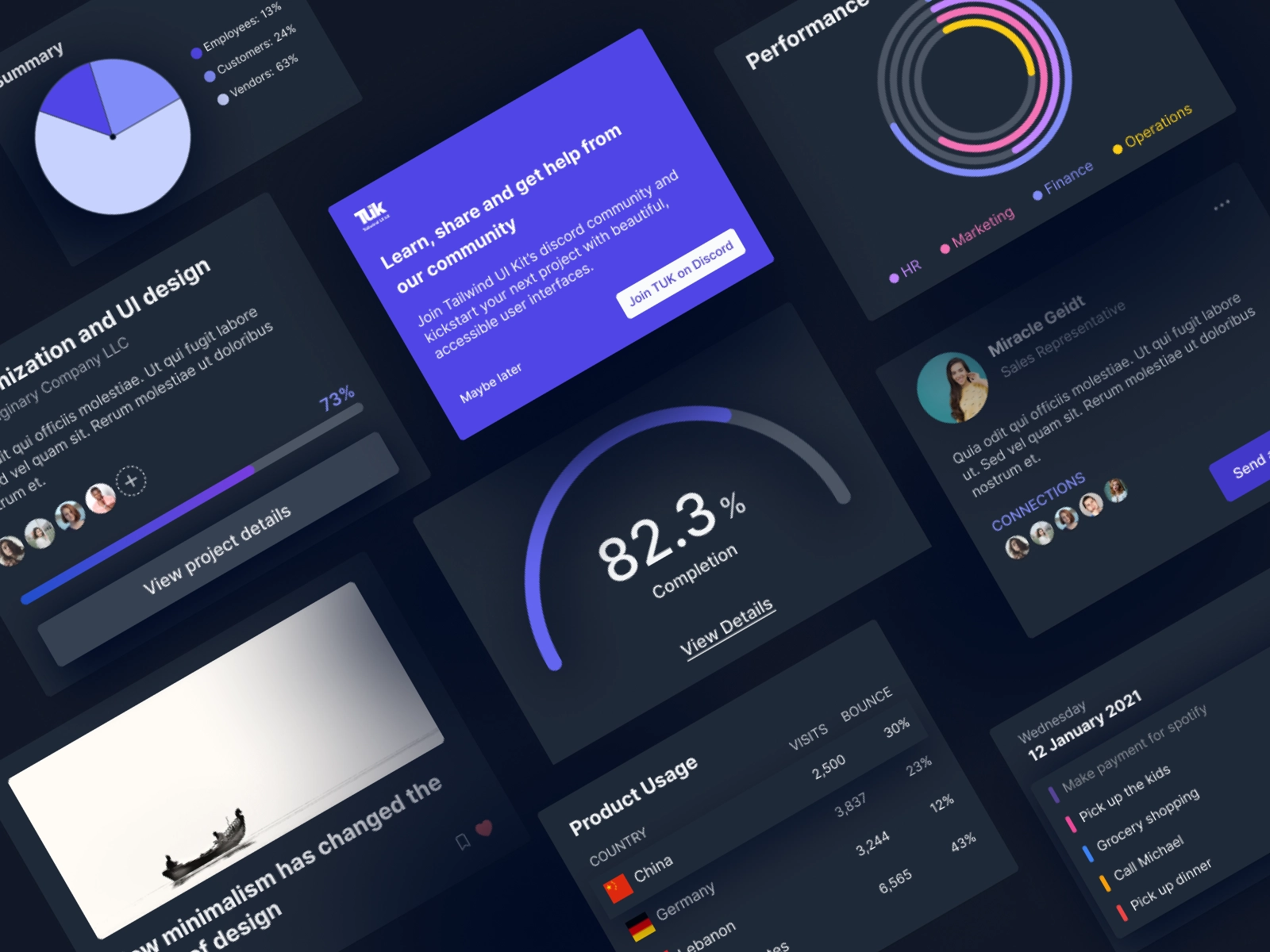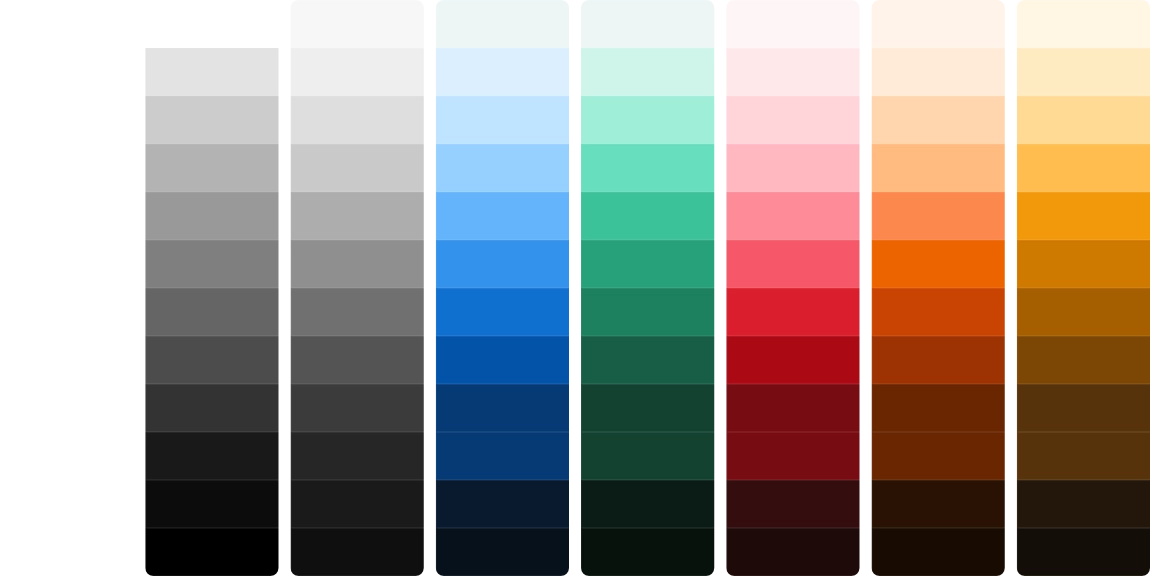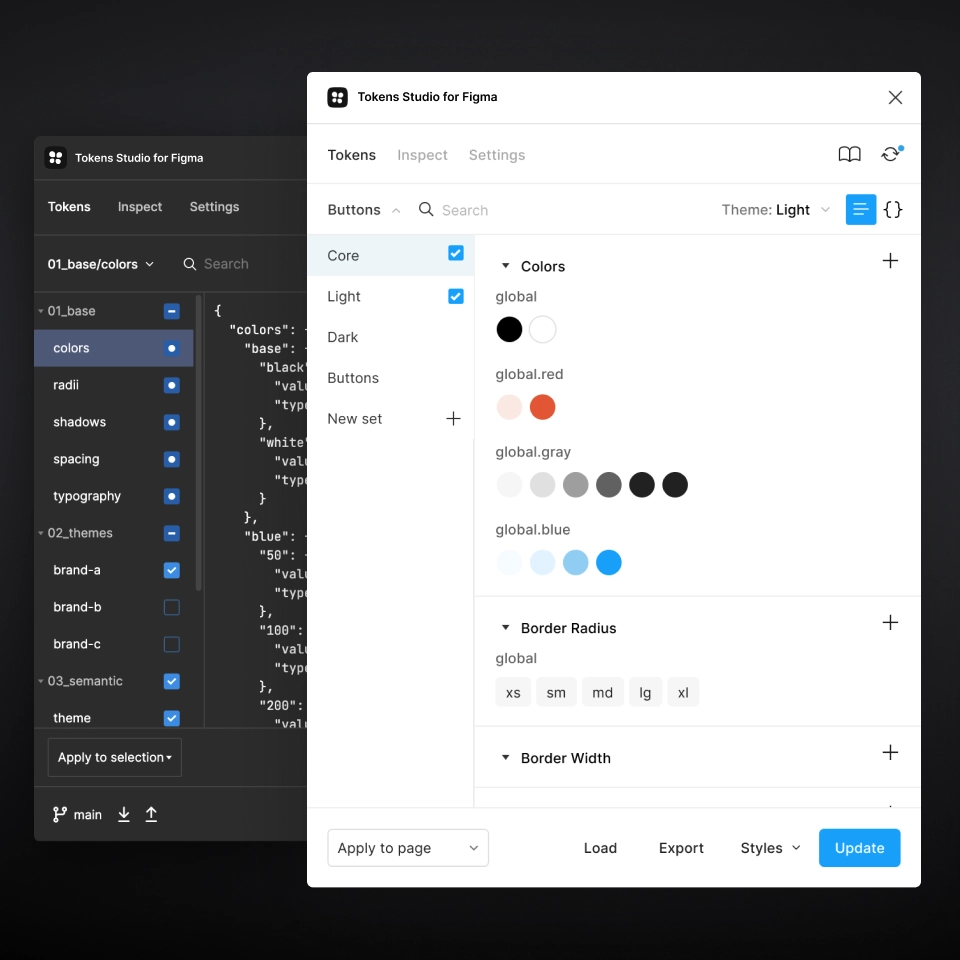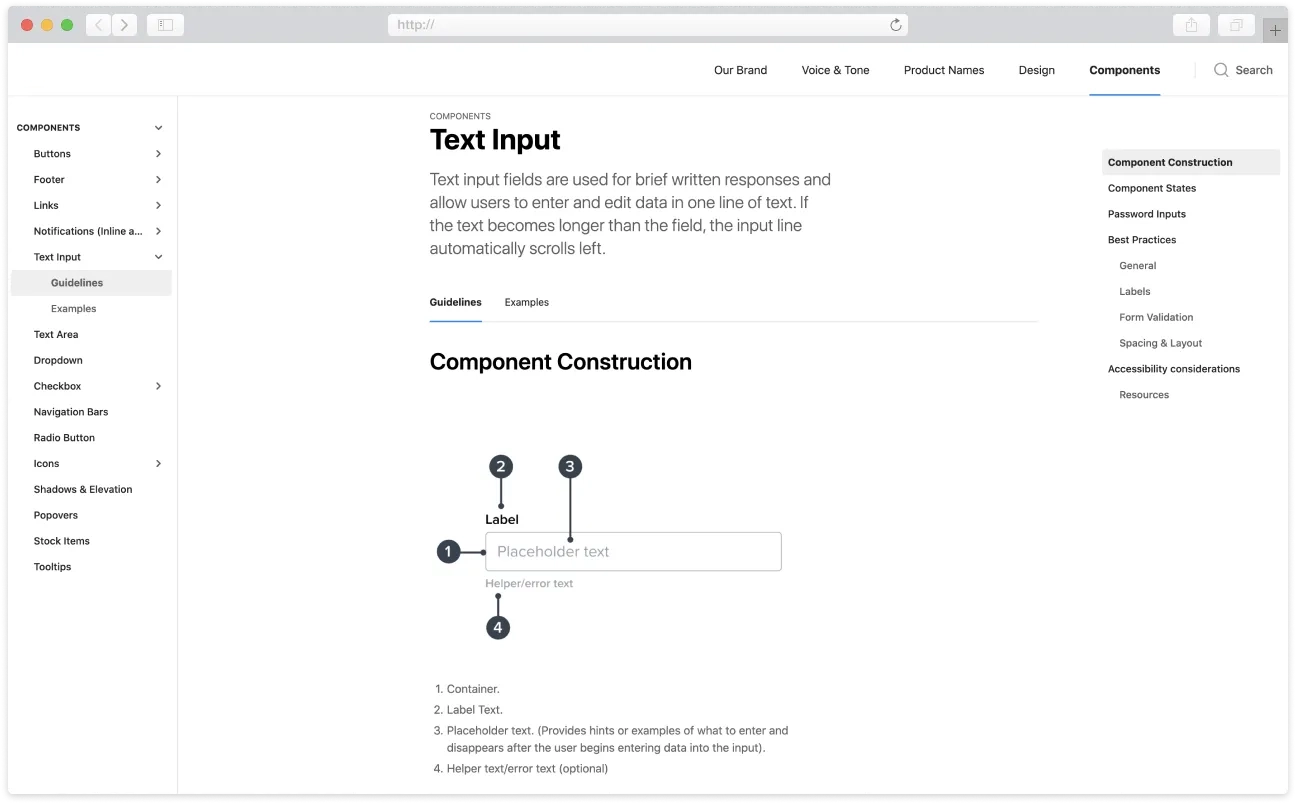Introduction
Overview: This case study delves into the development and implementation of Cisco’s Momentum Design system, a comprehensive UI/UX framework that has revolutionized the way Cisco’s products are designed and experienced.
Personal Contribution: As a Principal Product Designer, I played a pivotal role in shaping the design system’s strategy, ensuring its alignment with Cisco’s brand values and technical requirements.
